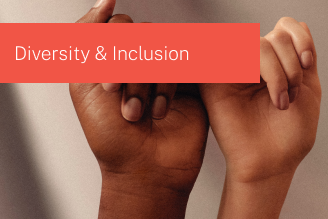
Every day, we interview lawyers across the US and the world. Here, we analyze the big stories we hear from them.
The Chambers Associate Podcast
|
All the metrics and rankings to help you shortlist firms in a sensible way.
|
Coming soon: Analysis series We crunch the data from the latest associate survey to bring you key findings.
|
|
Get the lowdown on career opportunities in three practice areas that are taking off in 2023. |
|
|
Trends in diversity and inclusion D&I affects the careers of everyone in the legal profession. We look at the major trends and hear from some leading voices. |
|


 Competitive practice areas 2023
Competitive practice areas 2023
